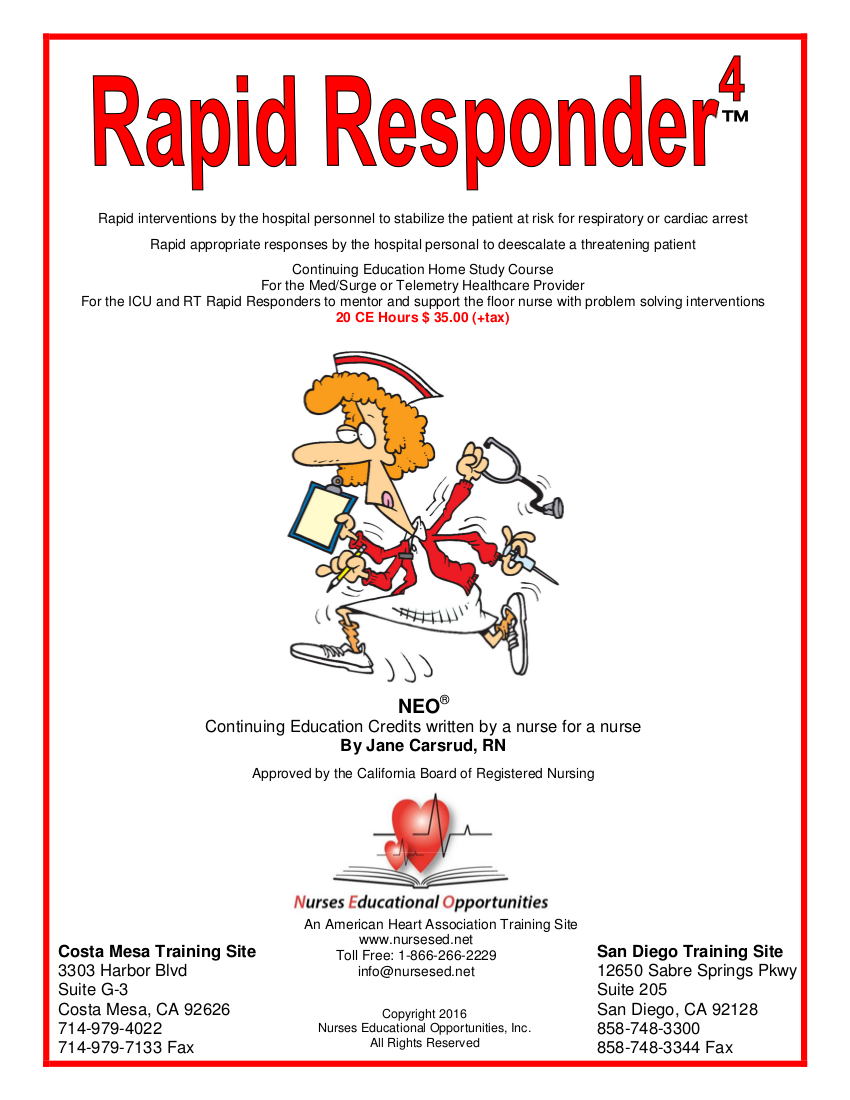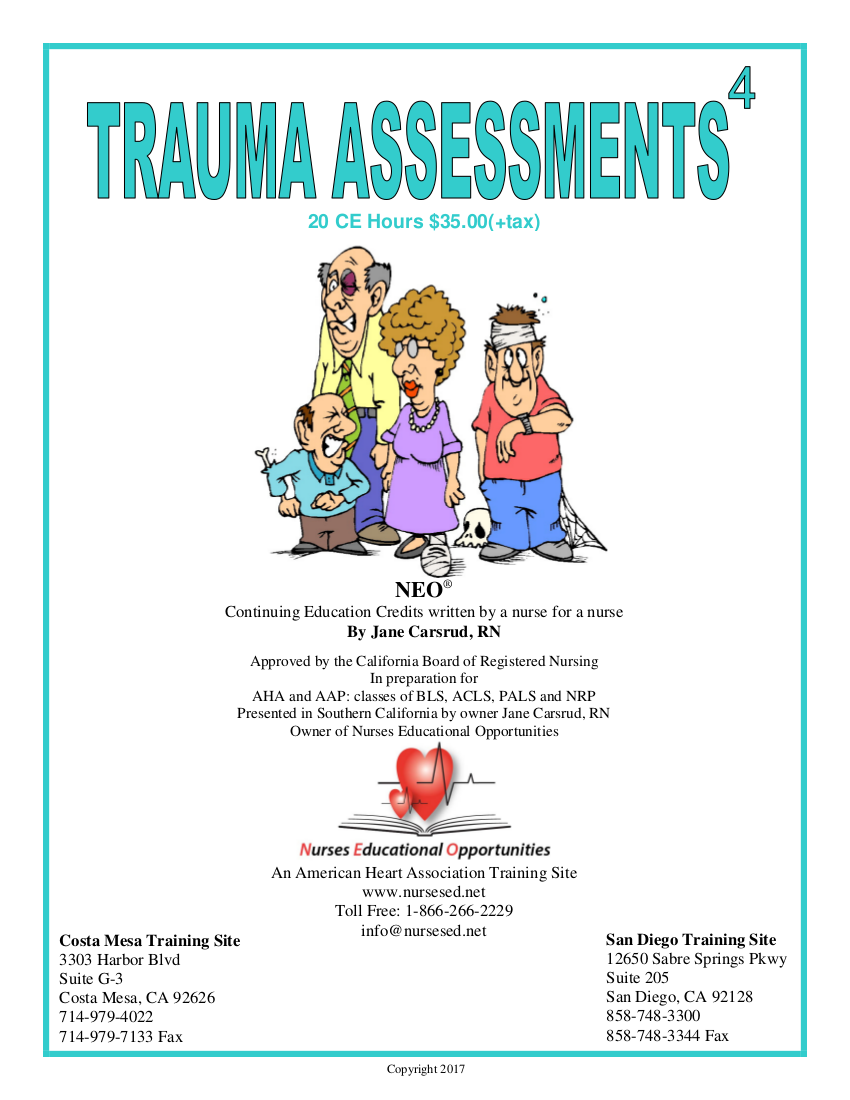Chain of Command = The Line of Authority
I can almost guarantee that someone will give you a conflict resolution question at your interview and ask you how you would resolve this conflict. It is not the situation that is important. It is your answer to any conflict – which it goes through the “Chain of Command.” Know this chain of command for your interview.
Every hospital, indeed, nearly every organization, has a chain of command. In most cases, this chain of command is delineated with a chart, often referred to as an organizational chart. The chain of command in its simplest definition is the line of authority and responsibility along which orders are passed within the nursing department, the hospital, and between different units. Nurses who ignore the chain of command may lose their jobs, and in some cases their licenses.
I will never forget a patient of mine who was deteriorating. I reminded the physician to give me parameters for his patient for me to follow if the patient clinically deteriorated. At 2 a.m. the patient began to deteriorate and I tried several times to reach the physician to no avail. I was scrambling to care for the patient, while at the same time get a physician to return my call. In exasperation, I called the ER physician and pleaded for him to come and assess my patient. He was too busy and did not respond. In the end the patient died and I received a stern reprimand. Not only did I not follow the chain of command, but I didn’t act as a patient advocate.
I thought I did follow the chain of command – but I missed one “chain” and that was the charge nurse. She could have been a great help in managing and pulling strings to get someone to listen to the nurse (which was me).
I was also reprimanded for not being the patient advocate. “I thought I did act in the patient’s best interest,” I said. The nurse manager asked me if I would have done anything more if that was my father lying in that bed. I had to admit, I would have done more.
- A nurse who uses the chain of command correctly protects the nurse, the patient, and ultimately, the hospital. The following steps will assure that you, the nurse, are exercising all of her patient advocacy muscles:
- First, call on your head nurse or charge nurse, who can use their position to accelerate a response or get the necessary authorization. Keep in mind that different hospitals have slight variances on the nursing chain of command.
- Second, should this fail, or if for some reason there is no head nurse or charge nurse available, look to the Unit or Department Director of Nursing (DON). Typically DONs hold a 9 to 5 position, yet they can be asked to intervene at any time should the need arise.
- Third, if your scenario involves a physician and a patient is in jeopardy, know and use your chain of command. Remember that the Chief Nursing Officer (CNO) is your top advocate. In the organizational structure, the CNO is usually directly beneath the hospital administrator, and therefore, has a great deal of authority to assist in finding a positive solution to the problem. If the CNO is not responsive, then the next step is to contact the medical director or the hospital administrator or CEO, depending on the issue.
- Fourth, always remember to document. If you are having trouble getting the appropriate authorization to administer medication, or perform a procedure, be sure to notate this in the chart. If necessary and appropriate, you can also complete an incident report as defined by your hospital’s policies and procedures.
- I felt that asking for help from my charge nurse was an admission I needed help. I wanted to appear confident. Asking for help is not a sign of weakness. Far too often nurses think that asking for such assistance makes them appear to be less competent. The chain of command can truly help a nurse solve a difficult situation, and it can also help protect a nurse’s license in case of a negative outcome. How well the nurses follow the chain of command can also serve as an indicator of the overall state of nursing in a particular hospital.
There is, of course, a possible downside to using the chain of command, which can occur where there are weak, insecure, poorly trained or bad managers. When a nurse seeks help through the chain of command and encounters resistance, apathy, or even incompetence, then he or she needs to document the steps taken to advocate for the patient. The nurse should also rely on the hospital’s policy and procedures regarding appropriate reporting protocols.
We may never truly discover why an experienced triage nurse or the other hospital employees seemed to ignore the cries of a patient in pain. If they felt helpless to offer assistance, did any of them seek out the next person in their chain of command? Doing this is not easy, as it requires effort and commitment. However nurses who are in precarious situations should never overlook the power of the chain of command and the positive results that can result from its implementation.





4 Comments
Robin Ellison
I have many questions that have either not been answered and seems like in a certain situations nothing been done
Gary Wilson
Interesting scenario,
Nursing is stressful enough, but when you can not find someone, and every minute counts, Charge nurse always first to help with assessment if possible, or get another nurse to help, and or talk with house supervisor next
Edward D Hernandez
Who is in charge or supervises a patient representative?